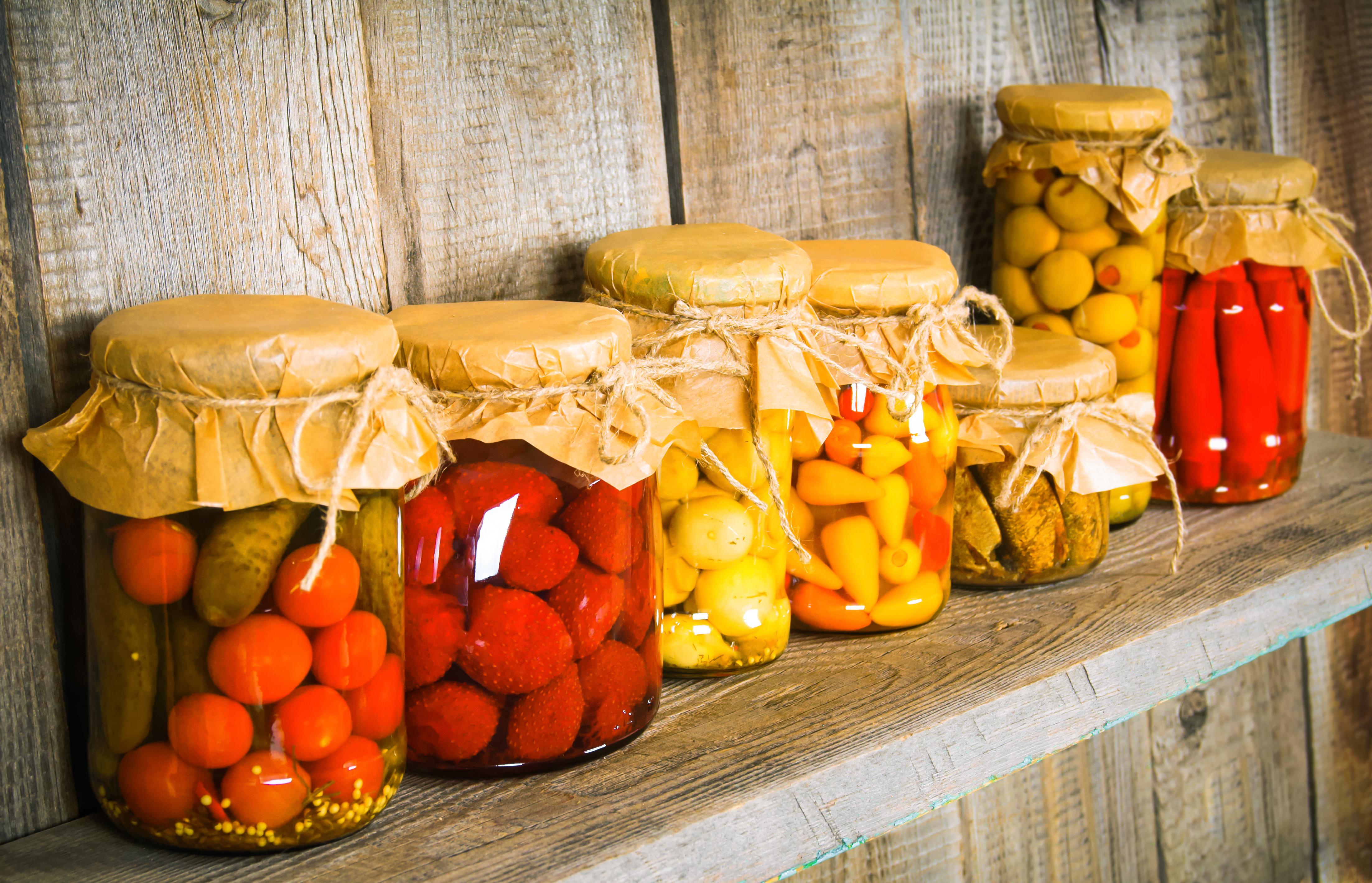Family recipes are like treasured heirlooms passed down from generation to generation, creating a legacy that spans time and brings loved ones together. Among the most beloved of these traditional recipes are family pies, each one holding a story and a connection to those who came before. In this article, we delve into the world of traditional family pies and explore the rich history and enduring legacy that they hold. Join us as we uncover the secrets behind these delectable dishes and celebrate the time-honored tradition of sharing a slice of pie with those we hold dear.
Exploring the Historical Significance of Traditional Family Pies
Traditional family pies have a long-standing history that dates back centuries, with each recipe passed down from generation to generation. These pies have played a significant role in family gatherings, celebrations, and everyday meals, making them a staple in many households around the world. The ingredients used in these pies often reflect the cultural heritage of the families that make them, creating a unique and personalized dish that holds sentimental value.
Not only do traditional family pies hold a special place in family traditions, but they also serve as a way to preserve culinary heritage and showcase the craftsmanship and skills passed down through the years. These pies are not just a meal; they are a symbol of family unity, love, and togetherness. As families come together to enjoy a slice of their favorite pie, they are also connecting with their past and honoring the legacy of those who came before them.

Preserving Time-Honored Recipes and Techniques for Future Generations
Family recipes are like heirlooms, passed down from generation to generation, carrying with them a sense of nostalgia and tradition. One such culinary treasure is the classic family pie. These pies, filled with savory or sweet fillings, have been lovingly made by grandmothers, aunts, and mothers for years, each one adding their own unique touch to the recipe.
Preserving the legacy of traditional family pies is crucial in ensuring that future generations can enjoy the same flavors and memories that have been cherished for decades. By documenting these recipes and techniques, we can ensure that they are not lost to time. Whether it’s a flaky apple pie or a hearty shepherd’s pie, these family recipes hold a special place in our hearts and stomachs, connecting us to our past and our loved ones.
Celebrating the Cultural and Culinary Heritage of Traditional Family Pies
Our traditional family pies hold a special place in our hearts, not just for their delicious flavors, but also for the memories and traditions they represent. Passed down through generations, these recipes are a true reflection of our cultural and culinary heritage. Each pie tells a story of shared meals, laughter around the dinner table, and the love and care that goes into every bite.
From savory meat pies filled with seasoned beef and vegetables to sweet fruit pies bursting with juicy fillings, our family pies showcase a diverse range of flavors and ingredients. Whether we’re celebrating a special occasion or simply coming together for a cozy night in, these pies bring us closer as a family and connect us to our roots. Through the art of pie-making, we honor the legacy of our ancestors and create new memories to pass down to future generations.
Tips for Adapting Classic Recipes to Suit Modern Palates and Dietary Restrictions
When it comes to adapting classic recipes to suit modern palates and dietary restrictions, it’s important to understand the essence and legacy of traditional family pies. These cherished recipes have been passed down through generations, each one telling a story of love, heritage, and nostalgia. By taking the time to preserve these family favorites while also making them more accessible and inclusive, we can continue to honor the culinary traditions that have shaped our families for years.
One tip for updating classic family pie recipes is to experiment with alternative flours and sweeteners to accommodate dietary restrictions. For example, using almond flour or coconut flour in place of traditional wheat flour can create a gluten-free version of a beloved pie crust. You can also try swapping out refined sugars for natural sweeteners like honey, maple syrup, or dates to reduce the overall sugar content of the dish. By making these simple substitutions, you can create a pie that not only tastes delicious but also aligns with a variety of dietary needs.
Final Thoughts
As we reflect on the legacy of traditional family pies, we cannot help but be captivated by the nostalgia and warmth they bring to our hearts. These savory creations have been passed down through generations, each recipe holding a unique story and a cherished memory. Whether it’s a cozy Sunday dinner or a holiday feast, the humble pie has a way of bringing loved ones together and creating lasting bonds. As we continue to honor and preserve these cherished traditions, let us never forget the simple joy and comfort that a slice of pie can bring. Let us savor each bite, knowing that the legacy of traditional family pies lives on in every delicious mouthful.




